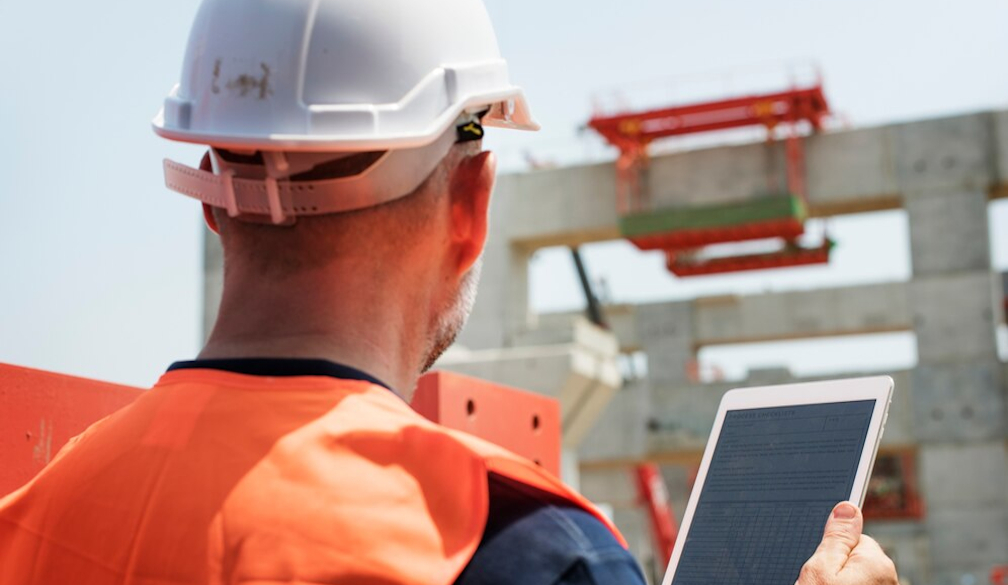The Importance of Tensile Strength Testing in Construction

In modern construction, precision, safety, and longevity are non-negotiable. The integrity of materials used in construction projects is paramount, with tensile strength testing playing a critical role. This testing ensures materials can withstand the mechanical stresses they will encounter over a building's lifetime. Here, we explore the crucial nature of tensile strength testing in the construction industry.
Understanding Tensile Strength Testing
Tensile strength testing measures the force required to pull something such as a rope, wire, or structural beam to the point where it breaks. The test is crucial in determining a material's tensile strength – the maximum amount of tensile stress that it can withstand before failure. This is a fundamental property of all materials used in construction, from the steel reinforcements in concrete to the metal beams in skyscrapers.
Protocols for tensile testing involve placing a sample of the material in a tensile test machine and extending it until it breaks. These tests not only determine the maximum force that the material can withstand but also provide data on elongation and reduction of area, which are vital for understanding material performance under stress.
Importance in Safety Standards Compliance
Compliance with safety standards cannot be underestimated in the construction industry. Tensile strength testing helps ensure that building materials meet required safety standards as stipulated by local, national, and international regulatory bodies. This testing is integral to obtaining certifications and building permits, and a lack thereof can result in legal and safety implications.
In regions prone to natural disasters such as earthquakes or hurricanes, the importance of these tests is even more pronounced. Ensuring that materials can withstand high stress and loads can significantly reduce the risk of catastrophic failures. Find out more about tensile strength testing from Independent Testing Australia.
Role in Material Selection and Quality Control
The selection of materials in construction is a balance between cost, performance, and safety. Tensile strength testing provides a quantitative basis for comparing materials and selecting the best suited for a specific application or environment. This is crucial in high-strength applications such as bridges and high-rise buildings, where material failure could have disastrous consequences.
Moreover, ongoing quality control ensures that materials used in construction continue to meet the required standards. Tensile testing helps identify variations in material properties that might occur due to changes in manufacturing processes or source materials. Thus, it is not only a tool for material selection but also a critical component of the quality assurance process in construction.
Impact on Structural Integrity and Durability
The longevity and safety of a structure rely heavily on the structural integrity and durability of the materials used. Tensile strength testing helps predict how materials and structures will behave under normal service loads and extreme conditions. Understanding these properties helps engineers design safer, more reliable structures that are capable of withstanding both the tests of time and the rigours of environmental stress.
Durability testing, often coupled with tensile testing, assesses how environmental factors like corrosion, UV exposure, and temperature changes affect the strength of materials. The comprehensive understanding gained from these tests is crucial for designing buildings that not only meet current codes but are also future-proofed against predicted climatic changes.
Tensile Testing in Weather and Environmental Conditions
Construction materials are expected to perform in a variety of environments, which may affect their properties and longevity. Tensile strength testing under simulated environmental conditions provides invaluable data about how materials will perform in real-world settings. For instance, testing a material's tensile strength after exposure to high humidity can indicate its suitability for use in tropical climates.
Similarly, understanding how materials behave in cold climates or under UV exposure is crucial for their use in areas with such conditions. Materials destined for outdoor applications, such as in bridges and facades, must be rigorously tested to ensure they do not degrade prematurely when exposed to the elements.
Advancements in Tensile Testing Technology
The field of material testing has seen significant advancements with the incorporation of new technologies such as digital imaging, automated test settings, and data analysis software. These technologies enhance the precision and efficiency of tensile tests, providing more reliable and faster results. Moreover, advancements in machine learning and predictive analytics allow for more accurate predictions of material behaviour under various conditions.
Emerging technologies also enable the testing of new, innovative materials such as composites and polymers, which are becoming increasingly common in modern construction projects. These materials require updated testing protocols and more sophisticated testing equipment, which continues to evolve in response to these needs.
In conclusion, tensile strength testing is a cornerstone of modern construction, ensuring the safety, compliance, and performance of building materials. The continuous advancements in testing technologies pave the way for safer and more innovative construction practices.
Implementing rigorous tensile strength testing protocols not only builds trust in construction practices but also significantly mitigates risk, ensuring the structural integrity of buildings for years to come.

















